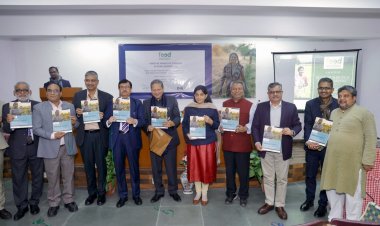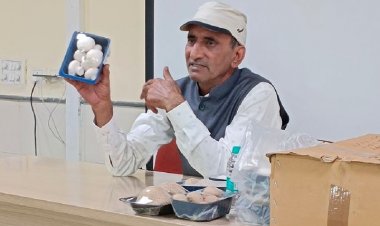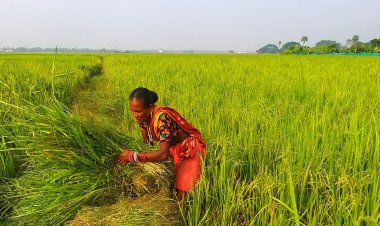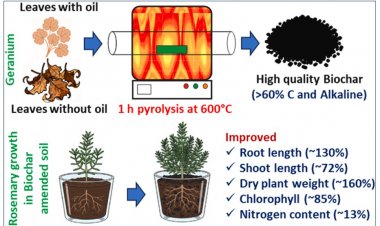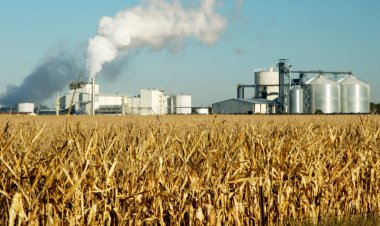The monsoon has missed its onset date in Kerala with the India Meteorological Department anticipating a further delay of three to four days.
Farmers fear that scanty rains may hamper paddy sowing and transplantation even if total rainfall over the country is good, though scientists say the delay is unlikely to impact kharif sowing.
Normal rainfall is critical for India's agricultural landscape, with 52 per cent of the net cultivated area relying on it. It is also crucial for the replenishing of reservoirs critical for drinking water apart from power generation across the country.
Rainfed agriculture accounts for about 40 per cent of the country's total food production, making it a crucial contributor to India's food security and economic stability.
The southwest monsoon normally sets in over Kerala on June 1 with a standard deviation of about seven days. In mid May, the India Meteorological Department (IMD) said it might arrive in Kerala by June 4.
The IMD said in a statement that "Conditions (are) becoming favourable with the increase in westerly winds over the south Arabian Sea. Also, the depth of westerly winds is gradually increasing and today, June 4, the depth of westerlies has reached up to 2.1 kilometres above the mean sea level.
"The cloud mass over the southeast Arabian sea is also increasing. We expect that these favourable conditions for monsoon onset over Kerala will further improve during the next three-four days. It is being monitored continuously and further updates will be provided tomorrow (Monday)."
The southeast monsoon had arrived in the southern state on May 29 last year, June 3 in 2021, June 1 in 2020, June 8 in 2019 and May 29 in 2018.
India is expected to get normal rainfall during the southwest monsoon season despite the evolving El Nino conditions, the IMD had earlier said. Northwest India is expected to see normal to below normal rainfall.
East and northeast, central, and south peninsula are expected to receive normal rainfall at 94-106 per cent of the long-period average of 87 centimetres. According to the IMD, rainfall between 96 and 104 per cent of a 50-year average of 87 cm is considered 'normal'.
Rainfall less than 90 per cent of the long-period average is considered 'deficient', between 90 per cent and 95 per cent is 'below normal', between 105 per cent and 110 per cent is 'above normal' and more than 100 per cent is 'excess' precipitation.
Studies indicate a stronger inverse relationship between El Nino and rainfall during the second half of the monsoon season. El Nino, which is the warming of waters in the Pacific Ocean near South America, is generally associated with the weakening of monsoon winds and dry weather in India.
The El Nino conditions this year follow three consecutive La Nina years. La Nina, which is the opposite of El Nino, typically brings good rainfall during the monsoon season.
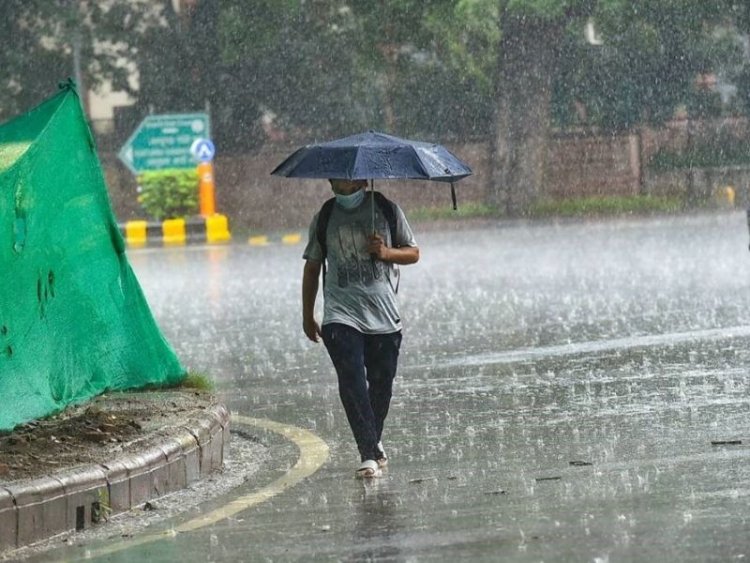



 Join the RuralVoice whatsapp group
Join the RuralVoice whatsapp group


















